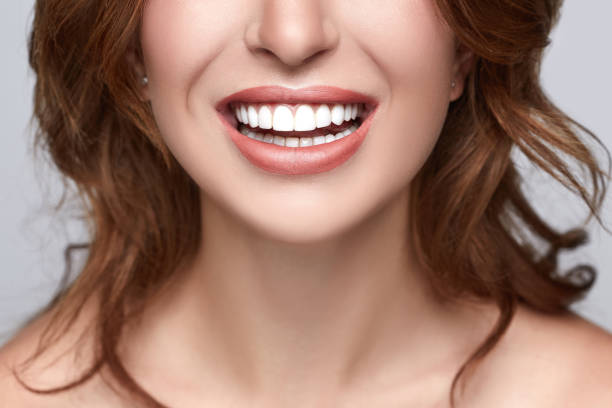Our smile, eating habits, speech, and self-esteem are all affected by our oral health, which is vital to our entire wellness. Some people's teeth stay healthy throughout their lives, while others struggle with issues including misalignment, gum disease, and cavities. This discrepancy begs the critical question: To what extent do environmental circumstances contribute to poor oral health, or does heredity play a larger role? This article explores the effects of both heredity and environmental factors on oral health by delving into scientific data and expert opinions.
Hereditary Factors and Oral Hygiene
The shape, density, and overall condition of our teeth and gums are all affected by our genetic composition, which in turn affects our oral health. Amelogenesis imperfecta and dentinogenesis imperfecta are abnormalities of the enamel and dentin, respectively, caused by gene mutations. An increased risk of cavities, tooth decay, and sensitivity may be the outcome of some hereditary disorders.
Oral illnesses including
periodontitis (gum disease) and caries (tooth decay) might have a hereditary component in addition to structural ones. These prevalent tooth diseases may have a hereditary component, according to the research. Although heredity does raise the odds, it does not ensure that a person will experience dental problems.
Environment and Oral Hygiene
Although heredity sets the stage, environmental variables significantly dictate our teeth's actual health. Significant influences on dental health can come from dietary choices, methods of oral care, exposure to fluoride, and smoking. Regardless of hereditary susceptibility, caries are mainly caused by sugary foods and a lack of dental hygiene.
Additionally, environmental variables can occasionally take precedence over hereditary tendencies. For example, even for people genetically prone to dental problems, a balanced diet low in sugary foods,
regular dental check-ups, and the correct way to brush and floss can substantially lower the risk of acquiring these issues.
Genetic and Environmental Factors
When it comes to oral health, the complicated and interdependent interaction between heredity and environment is paramount. Even if a person is born with healthy, well-aligned teeth, they can damage them through bad eating habits and lack of dental care. On the other hand, even if you have a family history of dental problems, you may still keep your teeth healthy with good oral hygiene and frequent exams.
While our genes are unchangeable, our environment and the decisions we make in our daily lives do have an impact on our oral health. We can better personalise our dental care and lifestyle choices if we know our genetic predispositions.
Avoidance and Control
The foundation of good dental health is prevention, regardless of hereditary susceptibility. It is crucial to maintain a balanced diet, regular dental checkups, and good oral hygiene. The best way to treat and prevent future dental problems for people with a history of them is to schedule dentist visits early and often.
Based on each patient's unique set of genetic and environmental risk factors, dentists can craft individualised recommendations for prevention and treatment. More specific methods of prevention and treatment may soon be possible thanks to developments in genetic testing that reveal a person's sensitivity to various oral ailments.
Summary
There is a hereditary component to dental health, but environmental influences and individual decisions also play major roles. People can greatly enhance their dental health results by taking a proactive stance towards dental care, learning about the relationship between genes and lifestyle, and recognising the role that lifestyle plays. Keep in mind that our daily decisions have just as big of an impact on our oral health as our inherited genes do.
Source: iStockphoto
